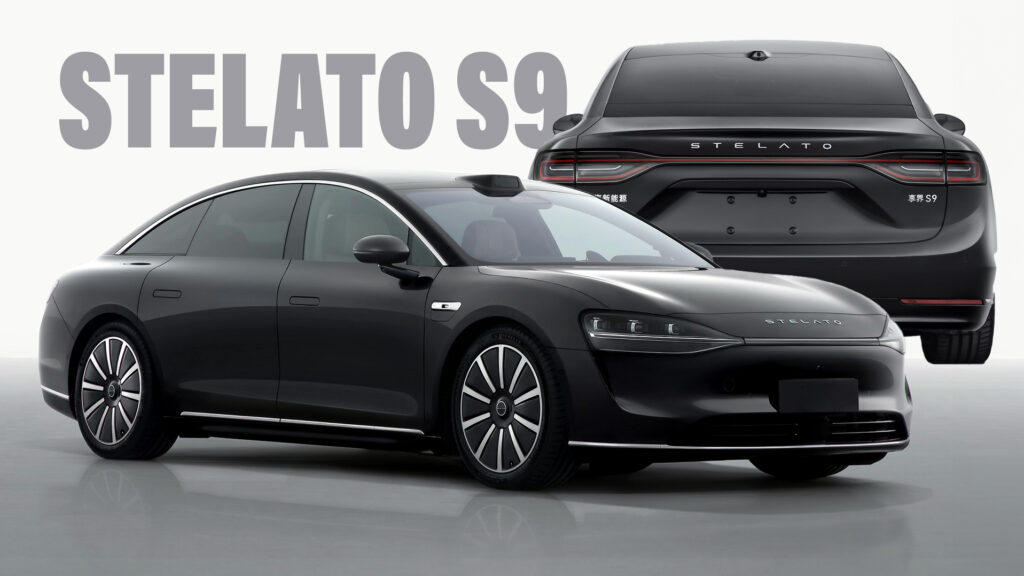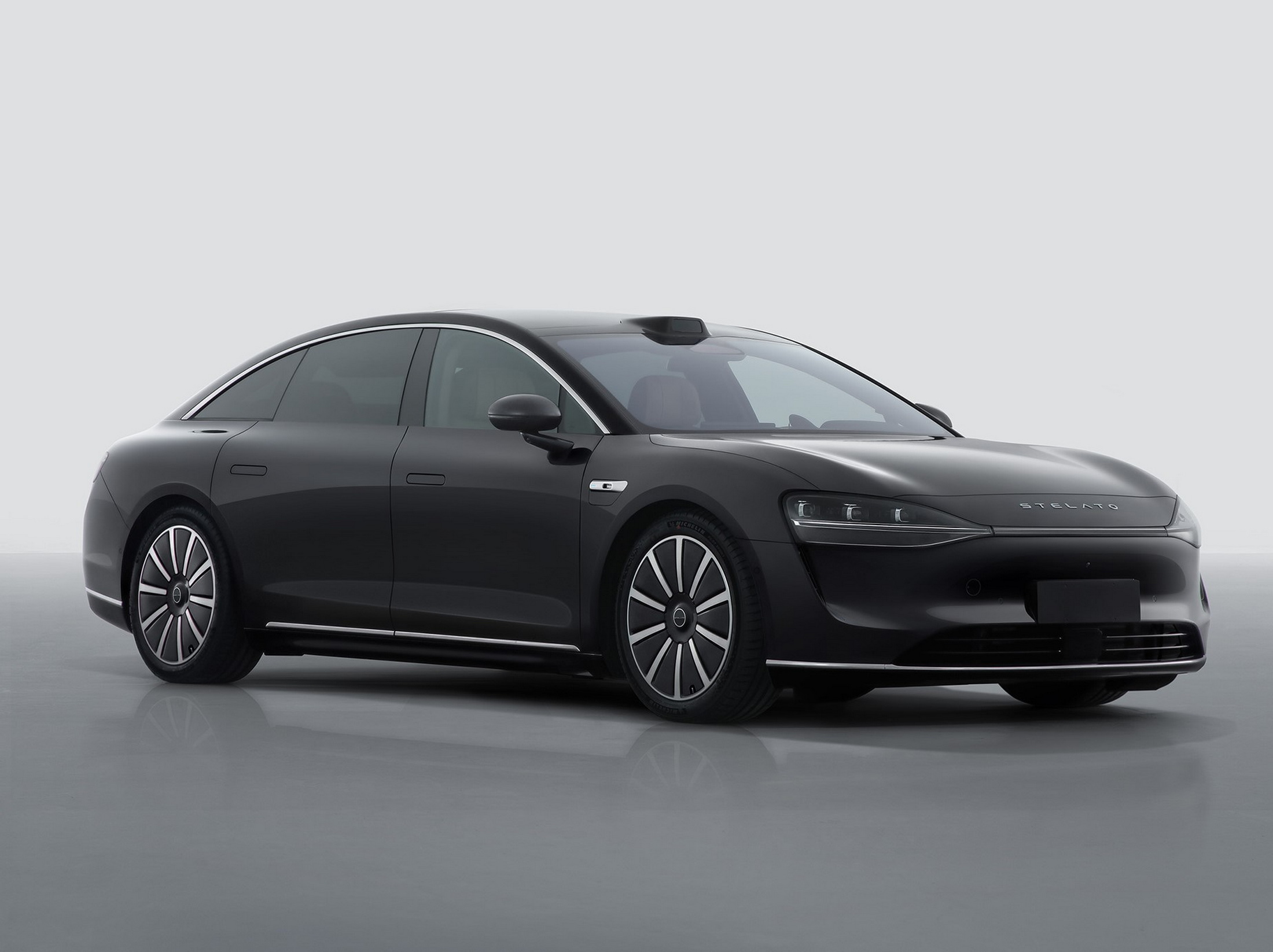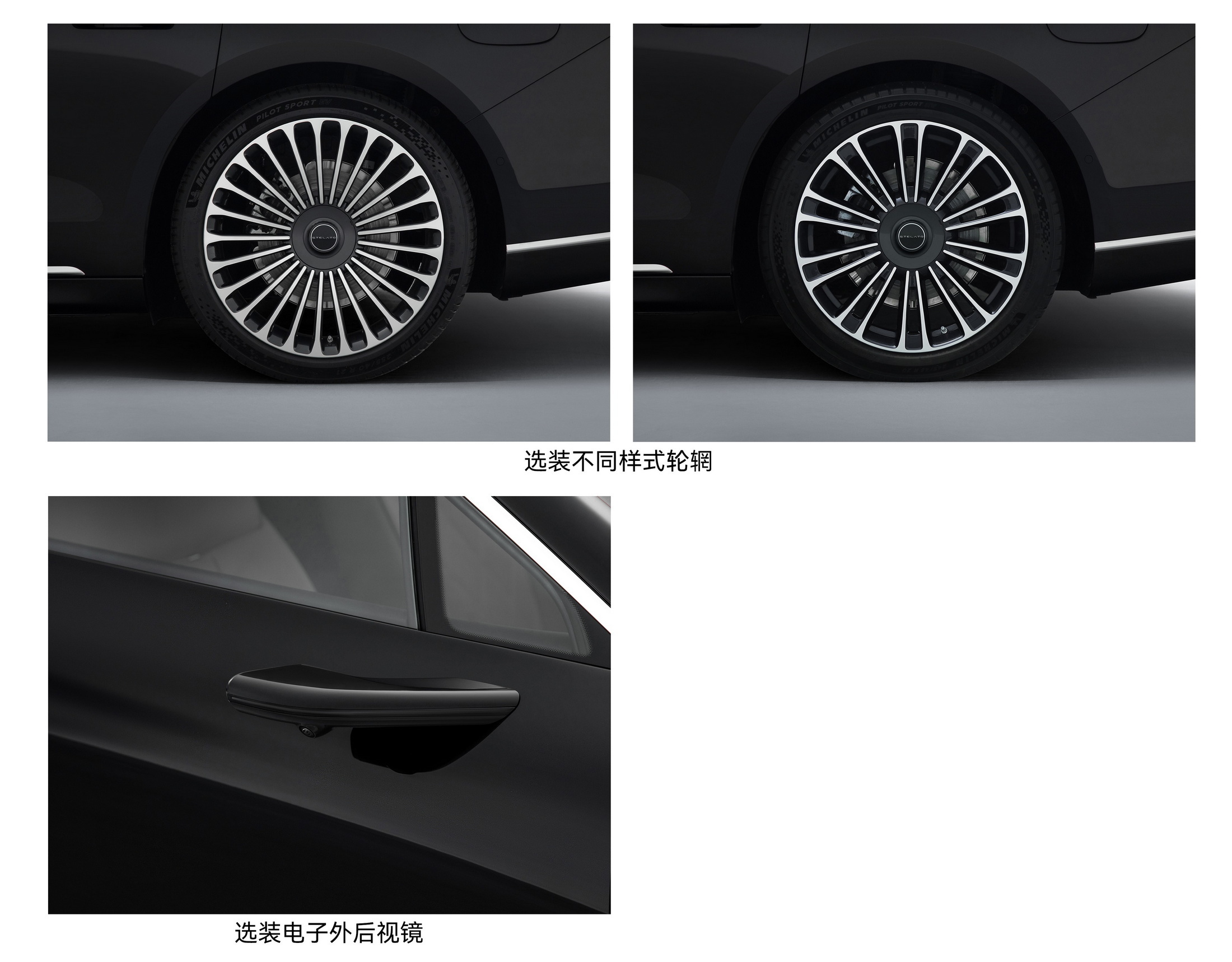If you haven’t heard of Stelato before, don’t worry, you’re not alone. Chinese carmakers are rolling out new brand names quicker than ice cream flavors these days, so keeping track can be pretty challenging.
Stelato emerges from a new joint venture between tech giant Huawei and Chinese automaker BAIC, and the S9 is its very first product. This large sedan, available in both pure battery electric and range-extender EV variants, made an early entrance at the Chinese Ministry of Industry and Information Technology (MIIT), flaunting familiar styling and unveiling the majority of its technical specifications.
As part of their HIMA project, Huawei has formed a number of joint ventures with different Chinese automakers, including AITO (Seres), Luxeed (Chery), Stelato (BAIC), and the upcoming Aojie (JAC). This explains the noticeable similarities between the Stelato S9 and the Luxeed S7.
More: We Get Up Close To The Avatr 11 And 12 EVs From China Aiming To Shake Up The Luxury Market
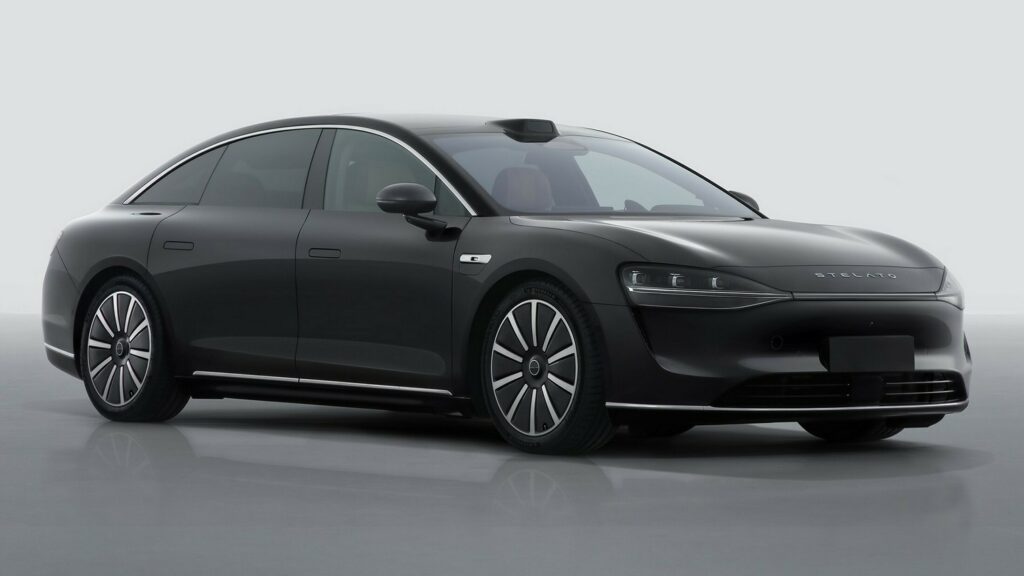
The Stelato S9 (above) and the Luxceed S7 (below)
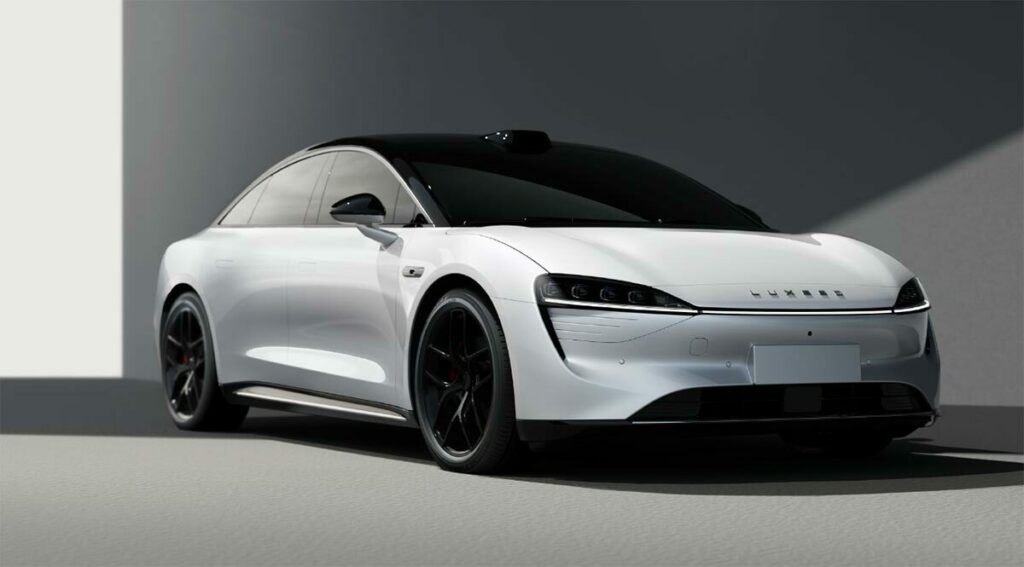
The similarities between the two sedans are striking, suggesting they were designed by the same team and could easily be confused as products of the same brand due to their shared styling traits. However, there are differences in size, as well as slight variations in lighting units and unique badging. Nevertheless, we’ll forgive you for finding similarities with basically dozens of other Chinese sedans of this size these days, not to mention that very Lincoln Continental-like backend.
The Stelato S9 measures 5,160 mm (203.1 inches) in length, 1,987 mm (78.2 inches) in width, and 1,486 mm (58.5 inches) in height, with a wheelbase of 3,050 mm (120.1 inches). This renders it 189 mm (7.4 inches) longer than the Luxeed S7, with an additional 100 mm (3.9 inches) between the axles.
Compared to EVs from other brands, the Stelato S9 is 180 mm (7.1 inches) longer than the Tesla Model S but 63 mm (2.5 inches) shorter than the Mercedes-Benz EQS sedan and 231 mm (9.1 inches) shorter than the BMW i7.
The Stelato S9 will be available with fully electric and range-extender powertrain options, utilizing Huawei-sourced electric motors and CATL-sourced batteries. The flagship trim boasts dual electric motors producing 304 hp (227 kW / 309 PS) and 212 hp (158 kW / 215 PS). It’s safe to assume that the sedan will inherit the latest evolution of infotainment, connectivity, and safety features from Huawei. The photos reveal a roof-mounted Lidar, additional ADAS sensors on the front, side, and rear, along with a set of optional mirror-replacing cameras.
Coming to Europe too
The public debut of the Stelato S9 is expected to take place at the Beijing Auto Show in April. According to Chinese media reports, the market launch will follow in June, with prices ranging between ¥300,000-500,000 (about $42,000 to US$70,000 at current exchange rates). Alongside its initial rollout in China, BAIC aims to export the Stelato S9 to other markets across Asia and Europe.




